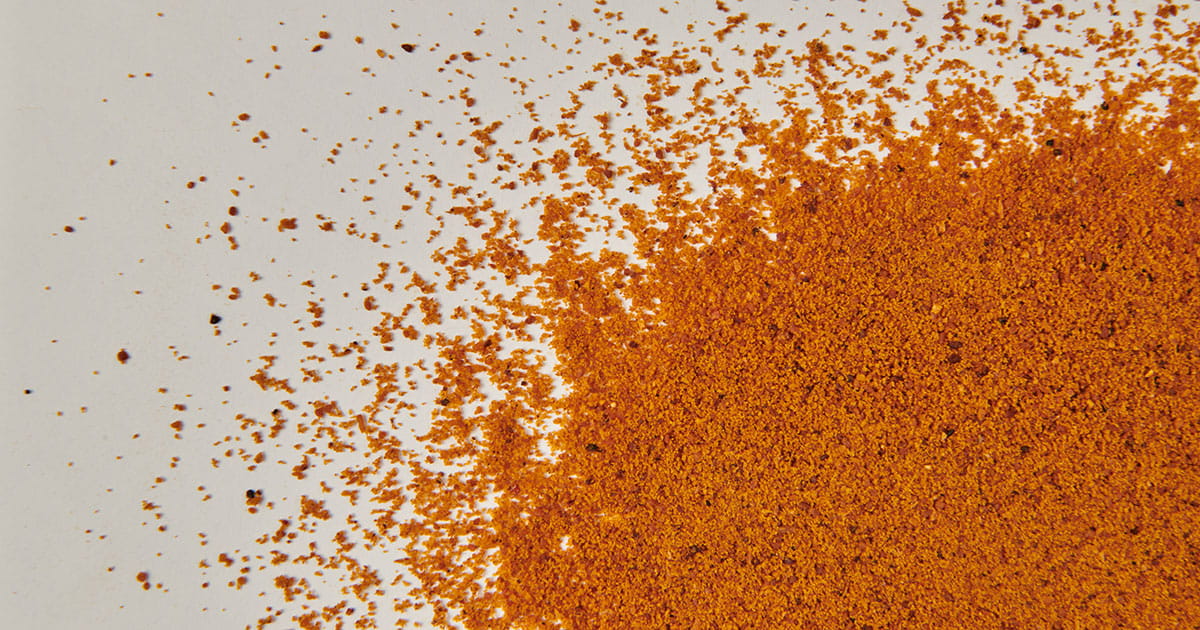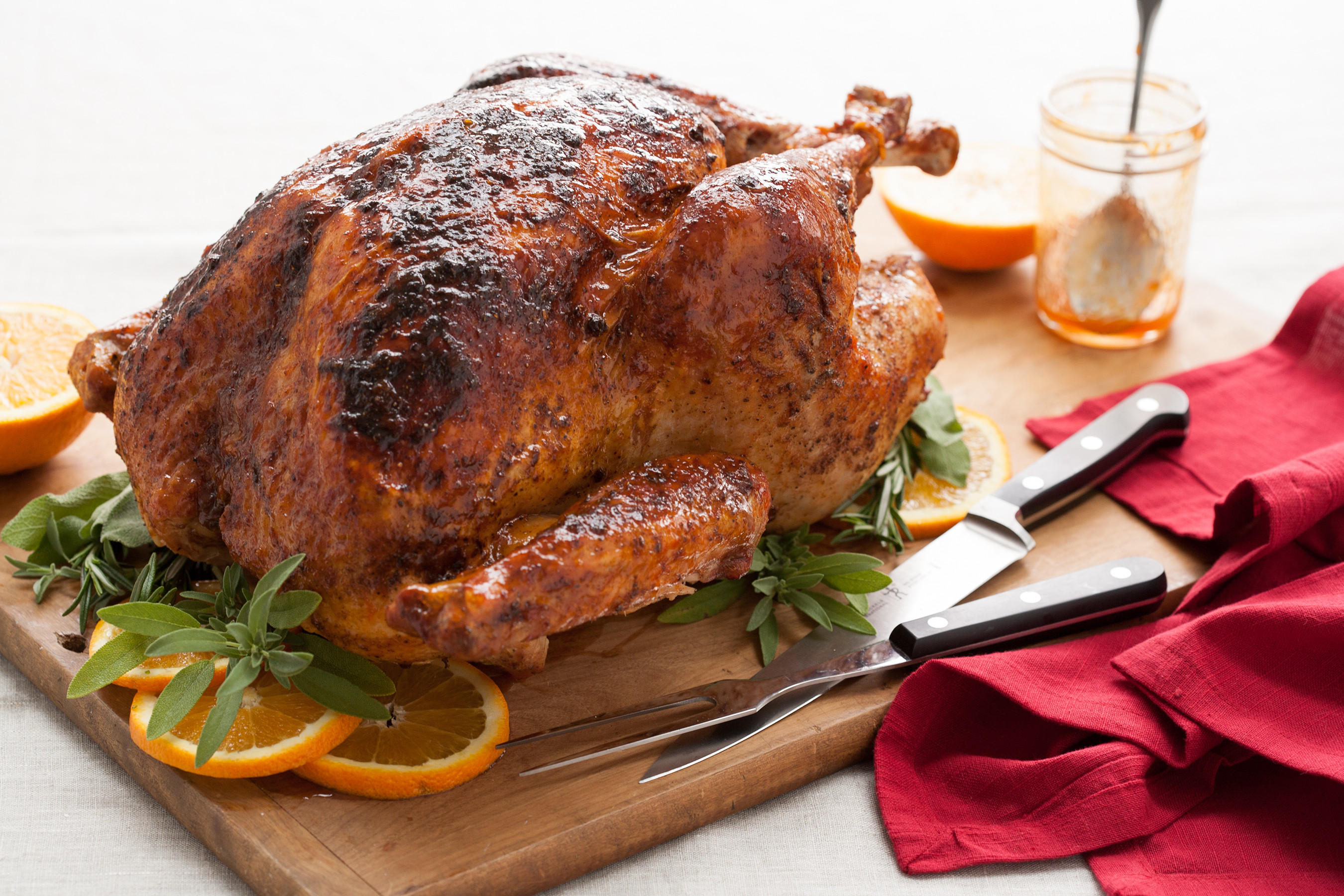WHAT IS MACE SPICE?
We know what you’re thinking – how can a self-defense spray be used for cooking? Mace spice is actually an aromatic golden-brown spice derived from the coating of the nutmeg seed. Nutmeg trees predominantly grow in the tropical regions of Indonesia and produce both nutmeg and mace spice.
One of the many benefits of using mace spice is that it enhances the natural flavors of the food without being overpowering. It blends well with several other spices, such as cinnamon, cloves, and allspice, and is commonly used in sweet and savory dishes. Mace spice is particularly useful in recipes that require a subtle hint of sweetness, such as cakes, pies, and custards. It’s also used to pickle and preserve produce.
Learn more about mace spice and how you can use it in your recipes.
USAGE TIPS FOR MACE:
Ground mace spice can be added to stews, soups, and curries to enhance the flavor of these dishes. It is also commonly used in baking and pairs well with fruits such as apples, pears, and berries. You can even add it to different hot drinks, such as tea and coffee, for a boost of flavor. Other uses for mace spice include pickling and food preservation.
WHAT CUISINES IS MACE SPICE USED IN?
Mace spice is an ingredient used in cultures around the world. It’s most commonly used in European, Indian, Middle Eastern, French, and Caribbean cuisine. In Indian cuisine, it is often part of biryanis, curries, and meat dishes. In the Middle East, it's included in savory meat dishes, such as lamb and beef stews, and sweet dishes, such as baklava and other pastries. In French cuisine, mace is used primarily in desserts like custards, crème brûlée, and pastry cream, adding a warm, sweet aroma. In this Mediterranean, mace is often used in combination with other spices, such as allspice and clove, to create a unique flavor profile. Mace is widely used in Europe, particularly in traditional dishes from Austria and Germany. It is often combined with other spices, such as cinnamon and cloves, to flavor sausages and other meat dishes. In addition, mace is a common ingredient in many types of cheese, such as Gouda and Cheddar.
WHATARE MACE SPICE SUBSTITUTES?
For example, nutmeg has a slightly more intense flavor and fragrance than mace. You can start by substituting at 1/4 and working up by taste. Ground allspice has a similar flavor profile but is considerably stronger, so you should reduce the recipe amount by half and then add more if needed.
Here are a few mace spice substitutes you can use next time you’re in a pinch:
- Nutmeg: Substitute 1/4 tsp. Ground Mace for 1/4 tsp. Ground Nutmeg. Nutmeg adds distinctive sweet-spicy flavor to a variety of sweet and savory dishes. However, the flavor is more potent than mace, so you should reduce the recipe amount considerably and add more if needed.
- Ground allspice offers a peppery sweetness and spicy aroma, similar to mace spice. However, it has a much stronger flavor profile. When substituting mace with allspice, reduce the recipe by half and add as needed.
HERE ARE SOME OF OUR FAVORITE ARTICLES AND RECIPES FEATURING MACE:
GET YOUR MACE SPICE FROM MCCORMICK TODAY:
Want to create a meal plan for your mace spice recipes? Need help planning your weekly meals and want to try new recipes? Save your favorite food, dessert, and drink recipes and organize your ingredients with McCormick Meal Planner.







